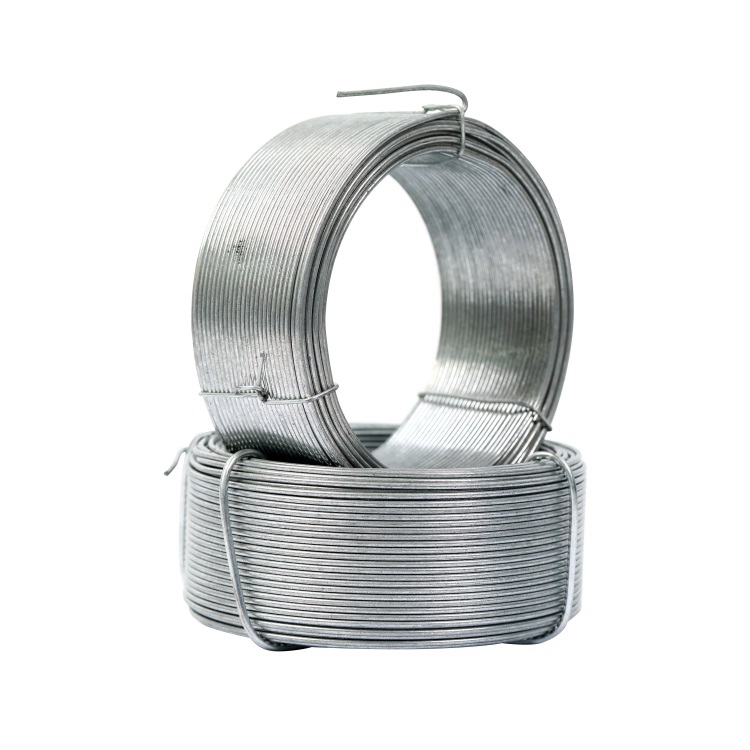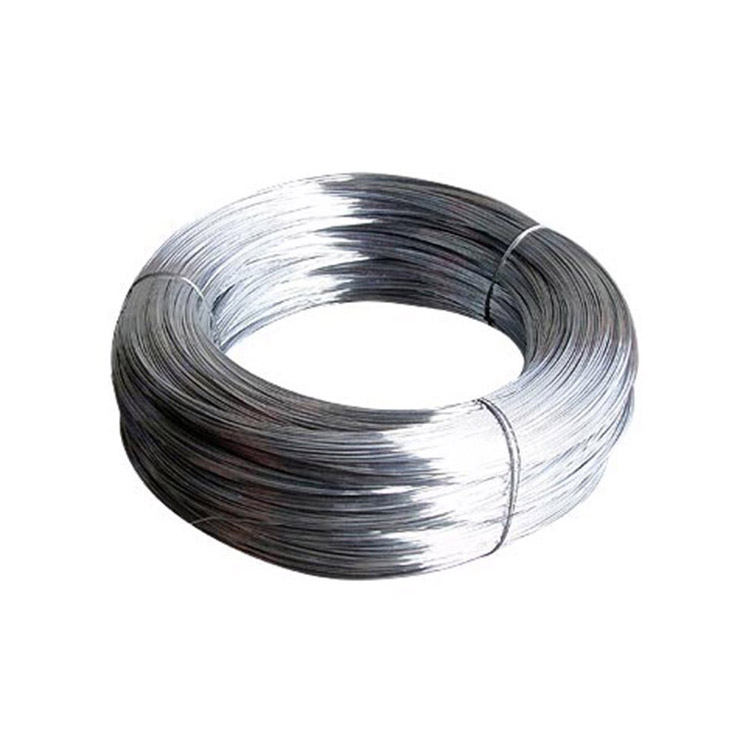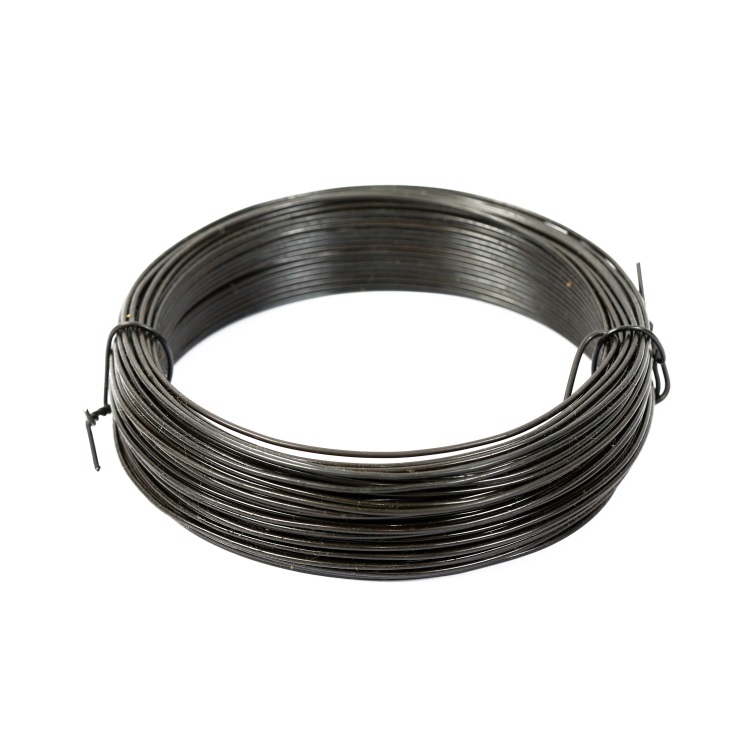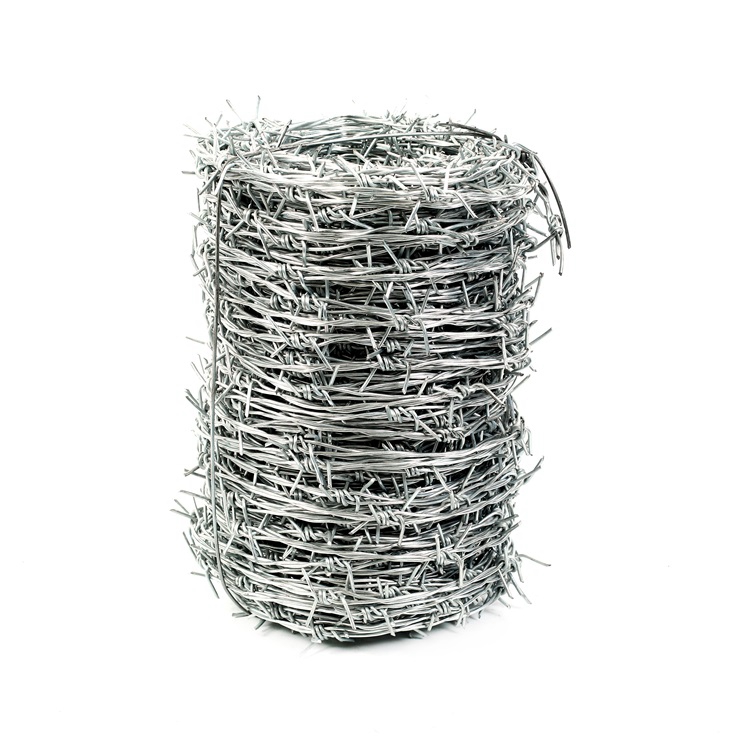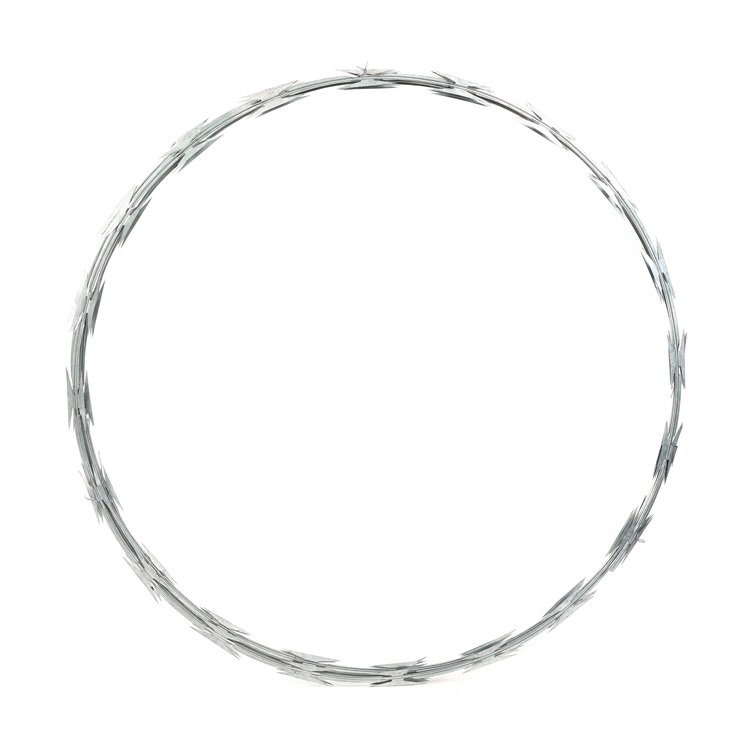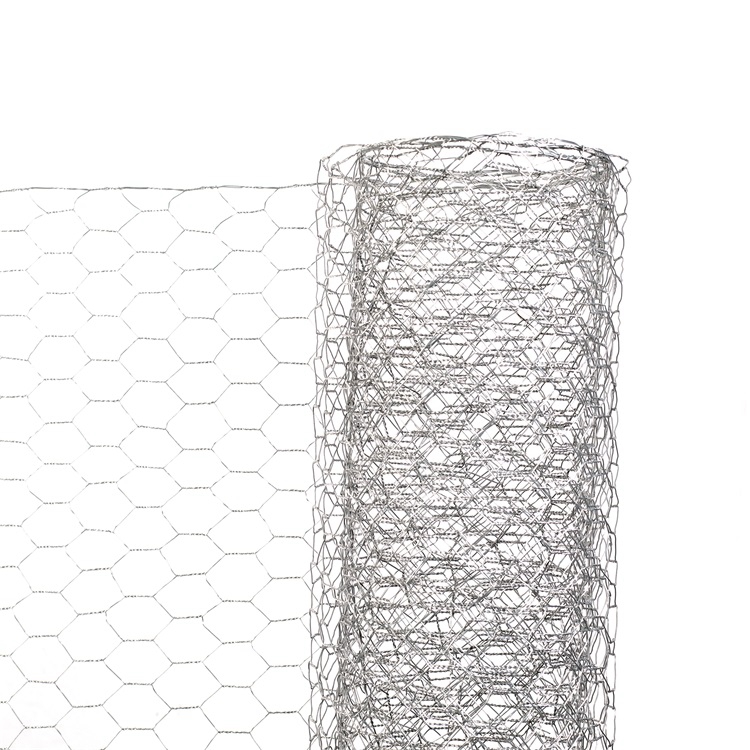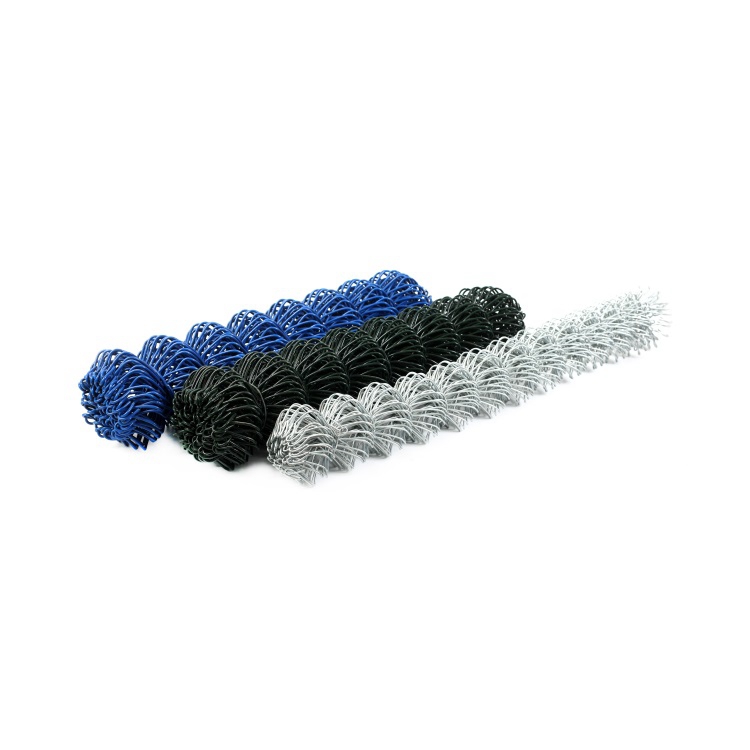Premium Black Annealed Wire for Durable Binding & Craft
In the intricate tapestry of modern manufacturing and construction, certain materials stand out for their versatility, reliability, and foundational importance. Among these, black annealed wire holds a paramount position. Often overlooked, this unassuming yet critical material forms the backbone of countless applications, from reinforcing concrete to binding agricultural produce. Its unique properties, derived from a specialized thermal treatment process, grant it unparalleled ductility and softness, making it an ideal choice for tasks requiring flexibility and secure fastening.
This comprehensive guide delves deep into the world of High Carbon Black Annealed Iron Steel Wire. We will explore its industry trends, technical specifications, diverse application scenarios, and the meticulous manufacturing processes that give it its distinctive characteristics. Furthermore, we will address the critical factors of quality assurance, provide insights into selecting the right supplier, and detail the customization options available to meet specific project demands. Our aim is to provide a holistic understanding, grounded in real-world data and expert knowledge, ensuring that professionals can make informed decisions when it comes to leveraging the power of black annealed wire.
Industry Trends and Market Dynamics of Black Annealed Wire
The global market for annealed wire, particularly black annealed wire, is experiencing steady growth, driven primarily by robust expansion in the construction, agriculture, and recycling sectors. According to recent market analyses, the global industrial wire market, which includes annealed iron wire, is projected to reach USD 100 billion by 2028, with a Compound Annual Growth Rate (CAGR) of approximately 4.5%. This growth is fueled by increasing infrastructure development in emerging economies, the rising demand for sustainable waste management solutions, and the perennial need for efficient binding materials in agriculture.
The demand for black annealed binding wire is particularly pronounced in regions undergoing rapid urbanization. Construction sites rely heavily on its flexibility for rebar tying, scaffolding, and general bundling. In agriculture, it's indispensable for baling hay, securing fences, and packaging produce. The recycling industry uses it extensively for compacting cardboard, plastics, and metals into manageable bales. This widespread utility underpins its stable market presence and continuous innovation in product specifications and applications.
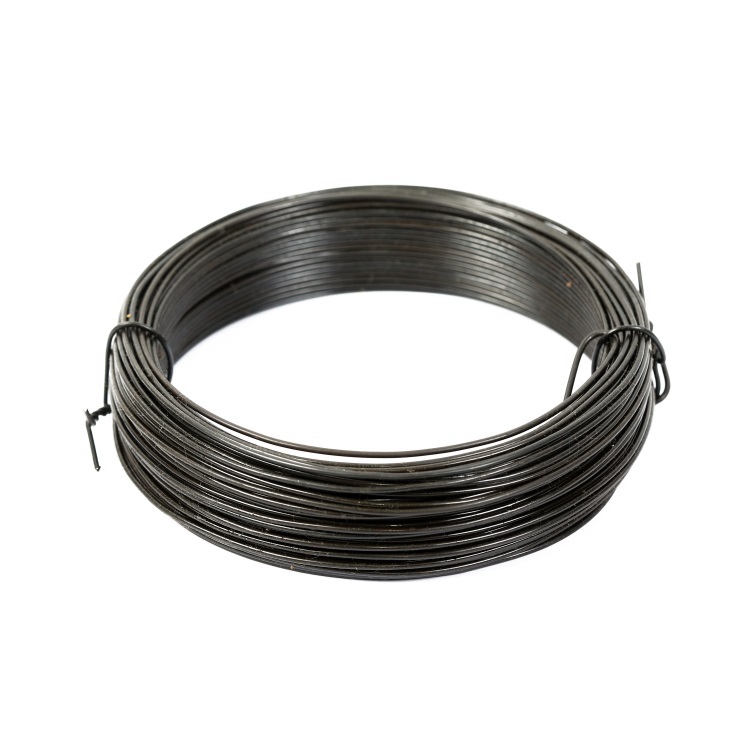
Figure 1: High-quality black annealed wire coils awaiting shipment, showcasing typical packaging for industrial use.
Product Deep Dive: High Carbon Black Annealed Iron Steel Wire
Our featured product, High Carbon Black Annealed Iron Steel Wire, available at https://www.fivestar-metals.com/high-carbon-black-annealed-iron-steel-wire.html, is engineered for superior performance and longevity. This product stands out due to its optimized carbon content, which provides enhanced strength before the annealing process, and the meticulous annealing treatment that endows it with exceptional ductility.
Properties and Characteristics
- Material Composition: Primarily high carbon steel, typically AISI 1008-1022 equivalents (e.g., Q195, Q235, SAE1006, SAE1008, SAE1010), offering a robust foundation. The precise carbon content (e.g., 0.06% to 0.23% for low to medium carbon, potentially higher for high carbon variants) is critical for achieving the desired post-annealing properties.
- Softness and Ductility: The defining characteristic. The annealing process recrystallizes the grain structure, relieving internal stresses and significantly increasing elongation, making the wire easy to bend, twist, and tie without breaking.
- Surface Finish: The characteristic black oxide layer, formed during the annealing process in a controlled atmosphere, provides a degree of corrosion resistance and gives the wire its distinctive dark appearance. This finish also contributes to its smooth handling.
- Tensile Strength: While annealing reduces the tensile strength compared to hard-drawn wire, it maintains sufficient strength for binding and non-load-bearing applications, typically ranging from 300-450 N/mm² (43,500-65,000 PSI) post-annealing.
- Elongation: Critical for flexibility, usually 15-25%, indicating its ability to stretch without fracturing.
Technical Parameters of Black Annealed Wire
Below is a table summarizing key technical specifications and parameters for typical black annealed wire, illustrating the range and precision involved in its manufacturing. These parameters are crucial for engineers and procurement specialists in selecting the appropriate wire for their specific applications.
| Parameter | Typical Range/Value | Unit | Explanation |
|---|---|---|---|
| Wire Diameter (Gauge) | 0.8 - 6.0 (16-1 Gauge) | mm (BWG) | Determines strength and flexibility; common gauges include 16#, 18#, 20#, 22#. |
| Tensile Strength | 300 - 450 | N/mm² | Resistance to breaking under tension. Annealing reduces this for ductility. |
| Elongation | ≥ 15% (up to 25%) | % | Measure of ductility; ability to stretch without fracturing. |
| Material Grade (Typical) | Q195, SAE1006/1008 | N/A | Low carbon steel grades, ideal for annealing process. High carbon grades like SAE1018-1022 are used for our product before annealing. |
| Coil Weight | 10 - 1000 | kg | Varies based on application (e.g., small coils for rebar tying, large coils for industrial baling). |
| Coil Inner Diameter | 300 - 600 | mm | Standardized for compatibility with various dispensing machines. |
| Zinc Coating (if applicable) | N/A (black annealed) | g/m² | Note: Black annealed wire typically does not have a zinc coating. |
| Surface Finish | Black Oxidized | N/A | The characteristic dark finish resulting from the annealing process. |
Manufacturing Process Explained: From Rod to Black Annealed Wire
The creation of high-quality black annealed wire is a precise multi-step process, transforming raw steel rods into a highly flexible and durable product. Unlike casting or CNC machining, wire manufacturing is primarily a drawing and heat-treatment process. This systematic approach ensures consistency, optimal mechanical properties, and compliance with stringent industry standards.
1. Raw Material Sourcing
High-quality carbon steel wire rods (e.g., Q195, SAE1006 for typical annealed wire, and higher carbon grades like SAE1018-1022 for our specific High Carbon product) are selected. Material composition is strictly controlled to ensure the final product meets strength and ductility requirements. Certificates of analysis (COA) are obtained for each batch.
2. Acid Washing & Descaling
The wire rods are immersed in acid baths (e.g., hydrochloric or sulfuric acid) to remove mill scale, rust, and other surface impurities. This is crucial for preventing defects during drawing and ensuring a smooth, clean surface for subsequent processing. Proper waste treatment of acid is essential for environmental compliance.
3. Phosphating & Lubrication
After descaling, the wire is coated with a phosphate layer, often followed by a lubricant. This coating acts as a barrier, preventing direct metal-on-metal contact during drawing, reducing friction, and extending die life. It facilitates smoother drawing and better surface finish.
4. Cold Drawing
The core of wire manufacturing. The wire is pulled through a series of progressively smaller dies (tungsten carbide or diamond dies). This cold-working process reduces the wire's diameter, increases its tensile strength, and hardens the material due to strain hardening. Multiple drawing passes are often required to reach the desired final gauge.
5. Thermal Annealing (The Key Step)
This is where the wire truly becomes "annealed." The hard-drawn wire is heated to a specific temperature below its melting point (typically 650-900°C for steel, depending on carbon content and desired properties) in a controlled atmosphere furnace (often inert gas to prevent oxidation, or with limited oxygen to create the black oxide layer). The wire is held at this temperature for a specific duration, allowing the internal stress from cold drawing to relieve, and the crystalline grain structure to recrystallize. This process significantly increases ductility, reduces hardness, and makes the wire pliable. The cooling rate also influences the final properties.
6. Quality Control & Inspection
Throughout the process, and especially after annealing, rigorous quality control checks are performed. This includes tensile strength tests, elongation tests, diameter measurements, surface finish inspection, and chemical composition verification. Adherence to standards like ISO, ASTM, and specific customer requirements is ensured.
7. Coiling & Packaging
The finished black annealed wire is then coiled into various sizes (e.g., 10kg, 25kg, 50kg, 500kg, 1000kg coils) based on customer specifications. Packaging typically involves internal plastic film to prevent moisture, followed by hessian cloth or woven bags, and often palletized for shipping. Proper packaging protects the wire during transit and storage.
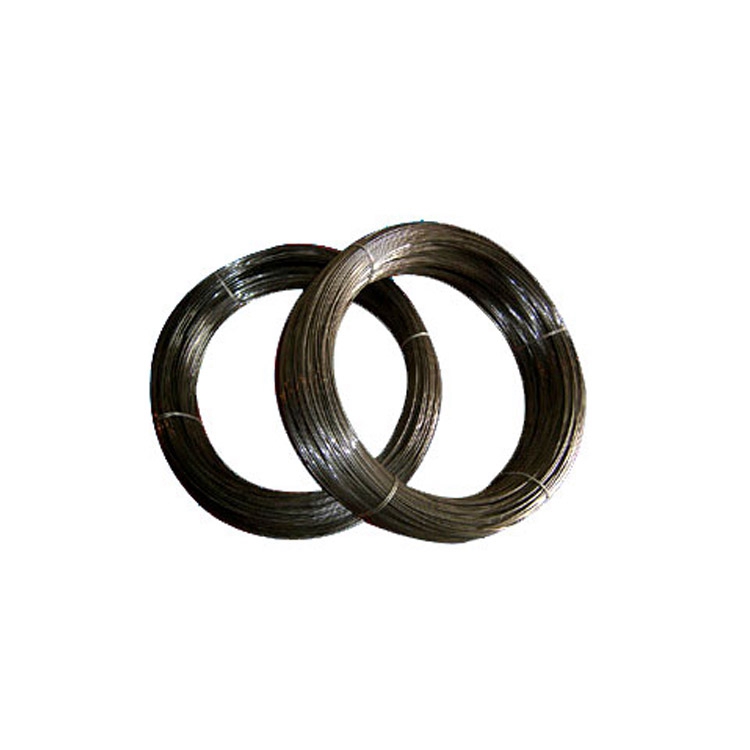
Figure 2: Illustrative use of black annealed binding wire for securing rebar on a construction site, demonstrating its flexibility.
Quality Assurance and Industry Standards
At Fivestar Metals, we understand that trust is built on consistency and adherence to the highest quality standards. Our High Carbon Black Annealed Iron Steel Wire production strictly follows international benchmarks to ensure superior performance and reliability. We are committed to an integrated quality management system that spans from raw material sourcing to final product delivery.
Key Inspection Standards and Certifications:
- ISO 9001:2015 Certification: Our manufacturing processes are certified under ISO 9001, affirming our commitment to consistent quality management and continuous improvement. This ensures that every stage of production, from material inspection to finished product testing, adheres to a rigorous framework.
- ASTM Standards: Our products comply with relevant ASTM (American Society for Testing and Materials) standards, such as ASTM A510 for carbon steel wire rods and ASTM A853 for general purpose steel wire. These standards dictate chemical composition, mechanical properties, and testing methodologies.
- EN Standards: For European markets, our wire meets EN (European Norm) standards, including EN 10016 for non-alloy steel wire rods for drawing and/or cold rolling.
- In-House Testing Protocols: Beyond external certifications, we implement stringent internal quality control. Each batch undergoes comprehensive testing:
- Tensile Strength Test: To confirm the wire's resistance to breaking under tension, ensuring it meets specified parameters (e.g., 300-450 N/mm²).
- Elongation Test: Measures the ductility and flexibility, crucial for black annealed wire's ease of use (typical elongation ≥ 15%).
- Diameter Accuracy: Precision measurements to ensure consistent wire gauge, preventing issues in automated binding machines.
- Surface Finish Inspection: Visual and tactile checks for uniform black oxide coating and absence of defects.
- Chemical Composition Analysis: Regular checks using spectrometer to verify raw material conformity and ensure the correct carbon content for optimal annealing.
Our commitment to quality assurance is not just about compliance; it's about delivering a product that consistently performs, reduces downtime, and contributes to the success of our clients' projects. The estimated service life of our black annealed wire, when stored and used under appropriate conditions, is significantly extended due to its inherent anti-corrosion properties provided by the black oxide layer, contributing to its durability in various environments.
Application Scenarios and Technical Advantages
The versatility of black annealed wire makes it an indispensable material across a broad spectrum of industries. Its unique combination of strength and extreme ductility offers significant technical advantages in diverse applications.
Primary Application Industries:
- Construction Industry: This is arguably the largest consumer. Black annealed binding wire is primarily used for tying reinforcing bars (rebar) together, securing formwork, and bundling construction materials. Its softness allows for quick and secure knotting, significantly improving efficiency on site.
- Agriculture: Farmers use annealed iron wire for baling hay, straw, and silage. It's also utilized for securing fence posts, trellises for crops, and general tying applications on farms. Its flexibility prevents damage to baling equipment and ensures tight, secure bales.
- Recycling and Waste Management: Essential for compacting and baling various waste materials such as cardboard, plastics, paper, textiles, and scrap metal. The wire's strength ensures bales remain compressed during transport and storage, streamlining the recycling process.
- Packaging and Bundling: Used for securing packages, bundling timber, pipes, newspapers, and other industrial goods. Its pliable nature allows for manual or automated bundling without specialized tools.
- Petrochemical Industry: While not directly used in the core processes, black annealed wire finds application in auxiliary tasks like securing insulation on pipelines, bundling cables, and general maintenance activities where a flexible, corrosion-resistant tie wire is needed.
- Metallurgy and Mining: Used for general tying, securing loose components, and bundling materials within the harsh environments of metallurgical plants and mining operations. Its resilience to minor corrosive agents and ease of handling are advantageous.
- Water Supply and Drainage (Infrastructure): In large-scale water projects, it can be used for securing filter media, tying gabion baskets (wire mesh cages filled with rocks for erosion control), or for temporary structural reinforcement during construction. Its anti-corrosion properties (relative to raw steel) offer a modest advantage in damp environments.
Technical Advantages in Typical Application Scenarios:
- Energy Efficiency in Operation: For automated rebar tying machines or balers, the consistent softness and ductility of our black annealed wire reduces the load on machine components, leading to less wear and tear and potentially lower energy consumption for each tie or bale cycle. Its ease of bending also reduces manual labor effort.
- Superior Anti-Corrosion Properties: While not as corrosion-resistant as galvanized wire, the black oxide layer formed during annealing provides a significant improvement over plain unannealed wire. This makes it suitable for outdoor applications or environments with moderate humidity, such as construction sites or agricultural settings, delaying the onset of rust and preserving structural integrity over time.
- Enhanced Workability: The exceptional ductility (high elongation) of annealed wire means it can be bent, twisted, and tied repeatedly without fracturing. This prevents costly material waste and increases efficiency, especially in manual applications or high-speed automated processes.
- Cost-Effectiveness: Compared to more specialized wires (e.g., stainless steel, galvanized), black annealed wire offers an excellent balance of performance and affordability, making it the preferred choice for high-volume, general-purpose binding and tying applications where extreme corrosion resistance is not the primary requirement.
Manufacturer Comparison and Supplier Selection
Choosing the right supplier for black annealed wire is as crucial as understanding the product itself. The market is saturated with various manufacturers, but not all offer the same level of quality, consistency, or service. At Fivestar Metals, our 20+ years of experience in the metal industry position us as a reliable partner.
Key Criteria for Supplier Selection:
- Quality Certifications & Compliance: Always prioritize suppliers with internationally recognized certifications like ISO 9001. This indicates a robust quality management system. Verify their adherence to ASTM, EN, or other relevant regional standards.
- Material Traceability: A reputable manufacturer should be able to provide detailed traceability for their raw materials, including mill certificates and chemical composition analyses. This ensures the wire's integrity from the very beginning.
- Production Capabilities: Assess the manufacturer's capacity to meet your volume requirements and their ability to produce various gauges and coil sizes. A manufacturer with diverse capabilities can better adapt to your evolving needs.
- Customization Options: Look for suppliers who offer tailor-made solutions for wire diameter, tensile strength, coil weight, and packaging. This flexibility is vital for specialized projects.
- Customer Support & Technical Expertise: A strong technical support team that can advise on product selection, application challenges, and provide post-sales service is invaluable. Experienced suppliers offer insights that go beyond just selling a product.
- Delivery and Logistics: Evaluate their supply chain efficiency, lead times, and ability to handle complex logistics, especially for international shipping. Timely delivery is critical to project schedules.
- Reputation & Industry Experience: Check client testimonials, case studies, and industry reputation. A long-standing history of serving diverse clients (e.g., petrochemical, metallurgy, construction) is a strong indicator of reliability and expertise.
We at Fivestar Metals pride ourselves on embodying these criteria, having partnered with numerous industry leaders globally to deliver high-quality High Carbon Black Annealed Iron Steel Wire solutions.
Customized Solutions and Application Cases
One of the significant advantages of working with an experienced manufacturer like Fivestar Metals is the ability to provide highly customized black annealed wire solutions. We understand that standard specifications don't always fit every unique project requirement. Our engineering team collaborates closely with clients to develop products that precisely match their needs.
Areas of Customization:
- Wire Diameter & Gauge: From fine gauges for delicate binding to heavier gauges for demanding baling applications (e.g., 0.8mm to 6.0mm).
- Tensile Strength & Elongation: Adjusting the annealing parameters to fine-tune the balance between softness (high elongation) and ultimate breaking strength.
- Coil Weight & Packaging: Offering various coil weights (e.g., small 10kg coils for manual tying, large 1-ton jumbo coils for automated balers) and packaging options (plastic film, hessian cloth, palletization, specific customer branding).
- Surface Treatment: While primarily black annealed, discussions around alternative or supplementary coatings for specific environmental exposures can be explored.
Illustrative Application Cases:
Our black annealed wire has been successfully deployed in various challenging projects:
- Case Study 1: Large-Scale Infrastructure Project (South Asia): A major bridge construction required hundreds of tons of black annealed binding wire for rebar tying. Our ability to supply consistent quality wire in large, uniform coils (500kg each) significantly reduced changeover times for their automated rebar tying machines, leading to a 15% improvement in overall construction efficiency and timely project completion. The contractors specifically noted the wire's ductility, which minimized breakage during high-speed tying.
- Case Study 2: Agricultural Co-operative (North America): A large agricultural co-operative needed annealed iron wire for baling hay and straw. They sought a wire that was soft enough to prevent damage to their balers' knotters but strong enough to hold dense bales. We provided a customized 2.5mm (12.5 gauge) wire with specific elongation properties, resulting in fewer machine jams and a reported 10% reduction in baling material waste due to fewer broken ties.
- Case Study 3: Urban Waste Management Facility (Europe): A state-of-the-art recycling facility required a durable yet flexible black annealed wire for compacting various waste streams. Our High Carbon Black Annealed Iron Steel Wire, supplied in jumbo coils for their automatic baling machines, demonstrated superior performance, ensuring tightly packed bales that withstood transport and handling, even in diverse weather conditions. The operators praised its consistent diameter and uniform softness, which ensured reliable feeding into their automated balers.
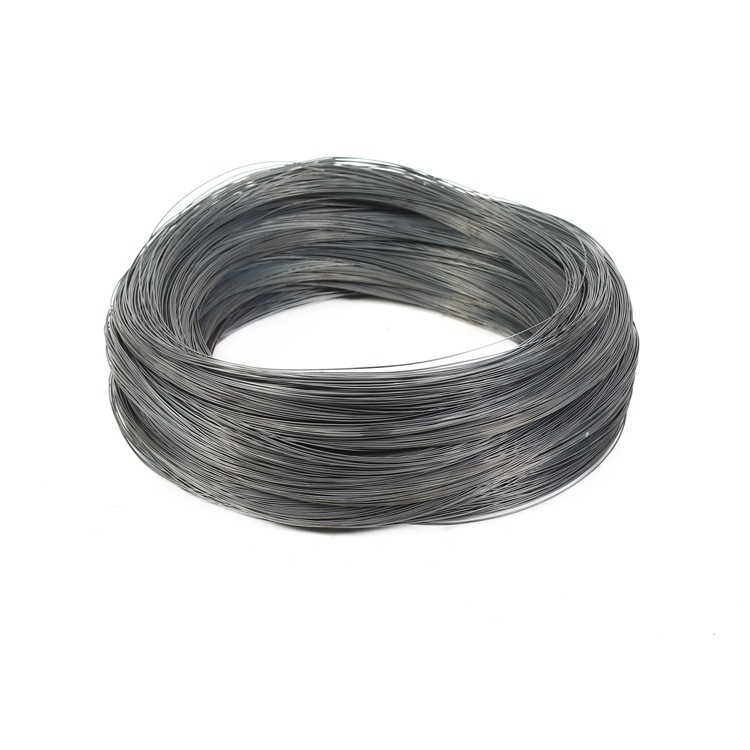
Figure 3: Securely packaged coils of black annealed wire in a warehouse, ready for distribution, highlighting our commitment to quality packaging.
Trust and Reliability: Our Commitment to Clients
At Fivestar Metals, building long-term relationships based on trust and reliability is at the core of our business philosophy. We understand that purchasing industrial materials requires confidence in both the product and the supplier. Our commitment to trustworthiness is reflected in several key areas:
Delivery Cycle & Logistics:
We maintain efficient production schedules and robust logistics networks to ensure timely delivery. Standard lead times for common specifications of black annealed wire typically range from 15-30 days, depending on order volume and specific customization requirements. For urgent projects, we offer expedited options, leveraging our flexible production lines and extensive inventory. Our global shipping partners are selected for their reliability and ability to handle various cargo sizes, ensuring your order arrives safely and on schedule, minimizing any potential project delays.
Quality Assurance & Warranty:
Every meter of our High Carbon Black Annealed Iron Steel Wire undergoes rigorous quality checks before dispatch. We stand behind the quality of our products with a comprehensive warranty against manufacturing defects. This warranty covers material conformity, mechanical properties (tensile strength, elongation), and dimensional accuracy, provided the wire is used and stored under recommended conditions. Our commitment to ISO 9001 standards underpins this warranty, giving our clients peace of mind.
Dedicated Customer Support:
Our commitment extends beyond the sale. We offer dedicated customer support, available to assist with technical queries, order tracking, and any post-delivery concerns. Our team of experienced professionals is equipped with deep product knowledge to provide expert guidance, ensuring you maximize the utility and lifespan of our black annealed wire. We believe in proactive communication and responsive problem-solving, fostering a partnership approach with all our clients.
Professional FAQ (FAQ) about Black Annealed Wire
Conclusion and Future Outlook
The ubiquity and enduring demand for black annealed wire underscore its critical role in various industrial sectors. From the foundational elements of construction to the intricate processes of recycling and agriculture, its unique combination of ductility, softness, and moderate corrosion resistance makes it an unparalleled choice for binding and tying applications. The meticulous manufacturing process, particularly the thermal annealing, is what imbues this material with its distinctive and highly valuable properties.
As industries continue to evolve, the demand for high-performance, cost-effective materials like High Carbon Black Annealed Iron Steel Wire will only grow. Innovations in wire drawing technology, enhanced quality control measures, and increasing focus on sustainable manufacturing practices will further refine its production and expand its potential applications. Manufacturers like Fivestar Metals, with a steadfast commitment to quality, customer-centric solutions, and adherence to global standards (ISO, ASTM), are poised to meet these evolving demands, ensuring a reliable supply of this essential material for years to come. The future of annealed wire looks robust, driven by continued global development and the perpetual need for efficient and secure binding solutions.
References and Further Reading:
World Steel Association. (2023). Steel Statistical Yearbook. Available at: https://worldsteel.org/steel-by-topic/statistics/steel-statistical-yearbook/ (Accessed for general industry insights on steel consumption).
ASTM International. (Latest Editions). ASTM A510/A510M-20, Standard Specification for General Requirements for Wire Rods and Coarse Round Wire, Carbon Steel. (Referenced for material standards).
ISO. (Latest Editions). ISO 9001: Quality management systems – Requirements. (Referenced for quality management systems).
Metal Bulletin (Fastmarkets). (Ongoing Market Reports). Global Wire Rod and Wire Products Market Analysis. (Consulted for market trends and growth projections).
ResearchGate. (Various Publications). Studies on Annealing Process of Steel Wire. E.g., Article: "Influence of Annealing Parameters on Mechanical Properties of Low Carbon Steel Wire" on ResearchGate for technical details on annealing. (Note: Specific article link is difficult to provide without a direct search, but ResearchGate is a common repository for such academic studies).
AIST Steel Technology. (Various Editions). Technical Papers on Wire Production and Processing. (Source for general wire manufacturing processes and innovations).
-
Types and Uses of Common Nails in Construction
NewsJul.31,2025
-
The Transformative Role of Square Wire Mesh in Contemporary Architecture
NewsJul.31,2025
-
The Essential Role of Razor Wire in Modern Perimeter Security
NewsJul.31,2025
-
Installation Guide for Hexagonal Wire Netting Fencing
NewsJul.31,2025
-
How to Properly Use Rebar Wire Ties for Stronger Concrete Structures
NewsJul.31,2025
-
Creative and Decorative Uses of Barbed Wire in Design
NewsJul.31,2025







